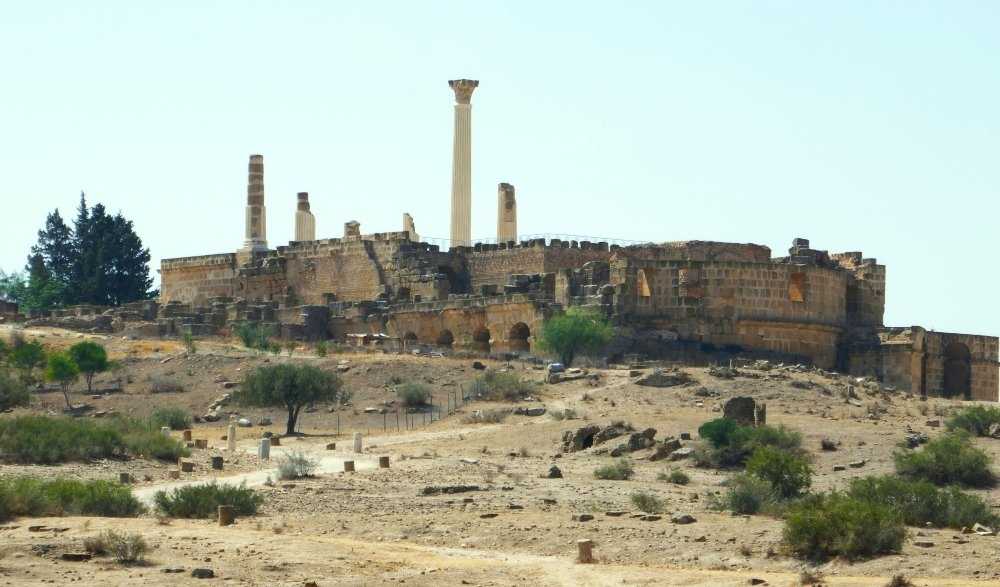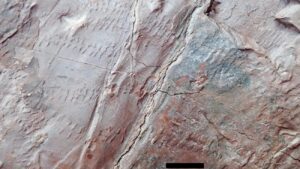Exploring the Historic Ruins of Uthina
Nestled in the heart of Tunisia, the ancient city of Uthina offers a captivating glimpse into the past. This archaeological site, though lesser-known compared to other Roman ruins, is a hidden gem that promises an enriching experience for history enthusiasts and curious travelers alike. With its well-preserved structures and serene surroundings, Uthina is a must-visit destination for anyone interested in exploring the remnants of ancient civilizations.
What to See at Uthina
Upon arriving at Uthina, visitors are greeted by a sprawling landscape dotted with impressive ruins. The site is home to a variety of structures that reflect the architectural prowess of the Romans. One of the highlights is the amphitheater, which once hosted gladiatorial games and could accommodate thousands of spectators. Its tiered seating and central arena are remarkably intact, offering a vivid picture of ancient entertainment.
Another notable feature is the Capitol, a temple dedicated to the Roman gods Jupiter, Juno, and Minerva. The temple’s towering columns and intricate carvings are a testament to the grandeur of Roman religious architecture. Additionally, the site includes a well-preserved aqueduct, which showcases the advanced engineering skills of the Romans in transporting water across vast distances.
A Bit of History and Interesting Facts
Uthina, known in ancient times as Oudna, was established during the Roman Empire and flourished as a significant urban center. It served as a strategic military outpost and a hub for trade and agriculture. The city’s prosperity is evident in the scale and sophistication of its public buildings and infrastructure.
An interesting fact about Uthina is that it was one of the first Roman colonies in Africa, founded in the 1st century AD. The city played a crucial role in the Romanization of the region, influencing local culture and society. Despite its historical significance, Uthina remained relatively unknown until archaeological excavations began in the 20th century, revealing its hidden treasures to the world.
Getting There and Tips for First-Time Visitors
Uthina is conveniently located about 30 kilometers south of Tunis, the capital of Tunisia. The easiest way to reach the site is by car, with a drive that takes approximately 45 minutes. For those relying on public transportation, buses and shared taxis (known as “louages”) are available from Tunis to the nearby town of Mornag, from where a short taxi ride will take you to the ruins.
First-time visitors should plan to spend at least a few hours exploring the site to fully appreciate its historical significance. Comfortable walking shoes are recommended, as the terrain can be uneven. It’s also advisable to bring water and snacks, as there are limited facilities on-site. Guided tours are available and can enhance the experience by providing deeper insights into the history and architecture of Uthina.
In summary, the historic ruins of Uthina offer a fascinating journey back in time. With its impressive structures, rich history, and tranquil setting, it provides a unique opportunity to connect with the ancient world. Whether you’re a history buff or simply looking for a peaceful escape, Uthina is sure to leave a lasting impression.








